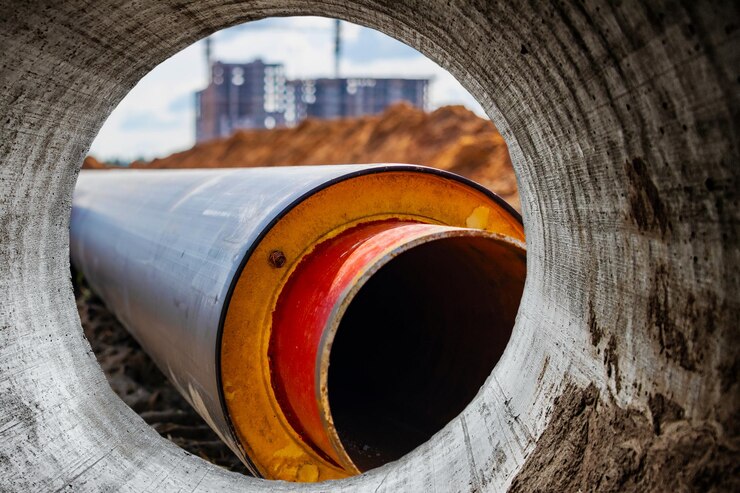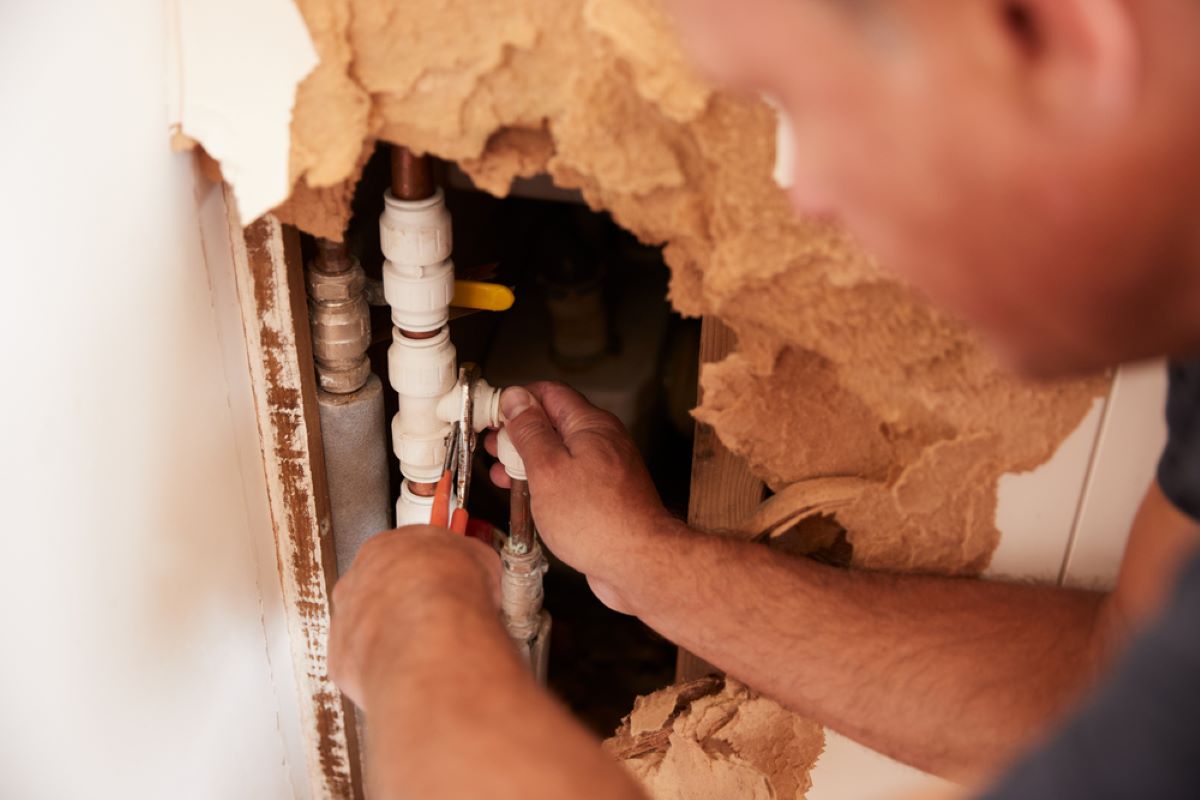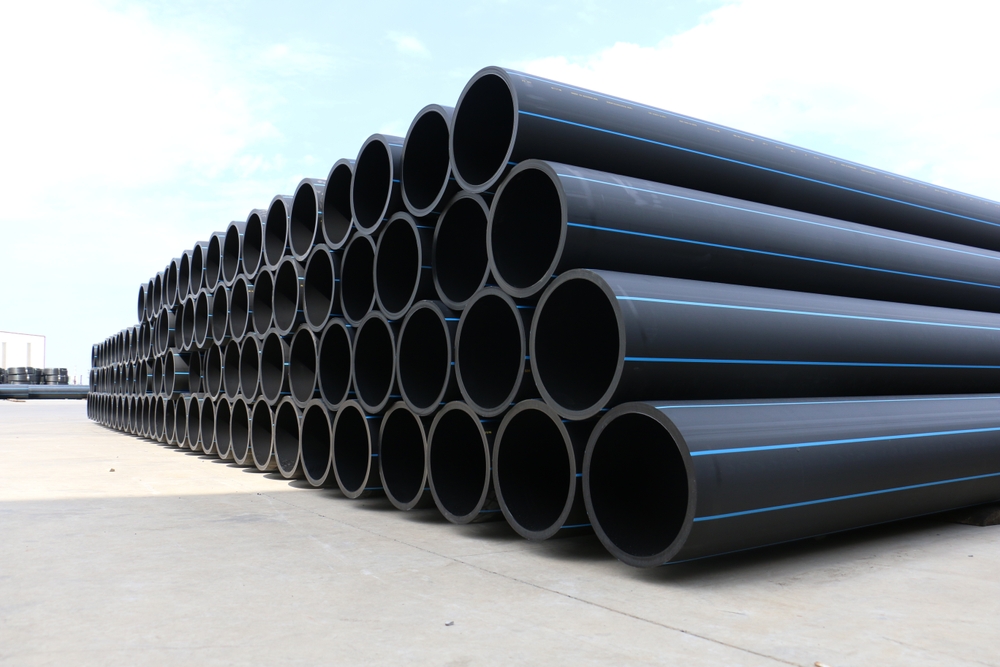Offshore pipelines are an essential part of the oil and gas industry, transporting oil and gas from offshore production platforms to onshore processing facilities. However, these pipelines are also vulnerable to corrosion, which can cause leaks and environmental damage.
The shielding of offshore pipelines ensures their longevity and safety since we expose them to harsh environmental conditions and seawater’s corrosive effects. Moreover, to prevent structural degradation, leaks, and environmental damage, corrosion protection measures are essential, such as offshore field joint coating.
You may like to read our blog: Girth Weld Coating in Offshore Pipeline Installation: Unique Considerations.
Best Ways to Shield Offshore Pipelines
The following are the best ways to shield offshore pipelines:
Material Selection
Choosing suitable pipeline materials is the first line of defense against corrosion. A variety of materials can withstand the corrosion effects of seawater, such as stainless steel, corrosion-resistant alloys, and especially carbon steel with coating.
Coatings
Coating the exterior of the pipeline with anti-corrosion coatings is a common practice. The use of epoxy, polyethylene, and fusion-bonded epoxy (FBE) coatings is widespread in barrier construction between the pipe surface and the surrounding environment.
Moreover, we should apply coatings with precision and quality control to ensure their effectiveness.
It is possible to use different types of coatings on offshore pipelines, including:
- Epoxy
- Polypropylene
- Polyethylene
- Fusion-bonded epoxy (FBE)
- Glass-reinforced plastic (GRP)
A coating’s type will depend on the application. For example, FBE coatings are very effective at protecting pipelines from corrosion in seawater, while GRP coatings are best for protecting pipelines from abrasion.
Cathodic Protection
Cathodic protection is an electrochemical method to protect pipelines by making them act as a cathode, preventing corrosion. There are two primary types: galvanic anodes and impressed current systems. Furthermore, these systems require monitoring and maintenance to ensure they function correctly.
There are two types of cathodic protection:
- Impressed current
- Sacrificial anode
Impressed current systems use an external power source to apply the electrical current. Sacrificial anode systems use a sacrificial anode, a metal that is more electronegative than the pipeline. Additionally, the sacrificial anode corrodes instead of the pipeline, protecting it from corrosion.
Thermal Insulation
In subsea pipelines, it’s essential to maintain the temperature of the transported fluids to prevent the formation of hydrates and other problems. However, thermal insulation helps achieve this and can also serve as a corrosion barrier.
Concrete Weight Coating
For pipelines laid on the seabed, concrete weight coating provides corrosion protection and stability. It prevents the pipeline from floating and offers resistance to mechanical damage.
Monitoring and Inspection
Regular inspection and monitoring of the pipeline’s condition are essential to identify and address corrosion issues early. Additionally, the use of various techniques, including remotely operated vehicles (ROVs), is important for this purpose.
Cathodic Protection Surveys
Conducting surveys to assess the effectiveness of cathodic protection systems and ensuring they are working as intended.
Corrosion Inhibitors
We can inject corrosion inhibitors into the pipeline to protect against internal corrosion. These chemicals create a protective film on the inner surface of the pipe to prevent decay.
Environmentally Friendly Solutions
In line with environmental regulations, using eco-friendly corrosion protection methods and materials is becoming increasingly important. Moreover, low-impact coatings and inhibitors are available to reduce the ecological footprint.
Regulatory Compliance
Adhering to international standards and local regulations is crucial in offshore pipeline corrosion protection. Moreover, compliance ensures the safety and integrity of the pipeline system.
Emergency Response Plan
Having a robust emergency response plan in place is essential to address any sudden corrosion-related issues, such as leaks or structural failures, to minimize potential damage and environmental impact.
Quality Control and Maintenance
Continuous monitoring, regular inspections, and proactive maintenance are critical to the long-term effectiveness of corrosion protection measures. Additionally, it should promptly address any degradation or damage.
Research and Development
Keeping abreast of advancements in corrosion protection technologies. Moreover, materials are essential for improving the longevity and efficiency of offshore pipelines.
Selection of a Corrosion Protection Method
The selection of the best corrosion protection method for an offshore pipeline will depend on some factors, including:
- First of all, the type of environment
- Secondly, the kind of oil or gas being transported
- Thirdly, the cost of the different methods
- Lastly, the expected lifespan of the pipeline
It is essential to consult with a corrosion expert to select the best corrosion protection method for your specific application. In addition, even the best corrosion protection system will eventually fail. Therefore, it is essential to have a regular maintenance and inspection program in place to identify and repair any damage to the pipeline.
How Does LPS Technology Help to Shield Offshore Pipelines?
Flexsleeve and Sealsleeve are essential components in the offshore field to repair and maintain pipelines. Additionally, they play a crucial role in ensuring the integrity and safety of offshore pipeline systems.
Flexsleeve ®
A Flexsleeve is a flexible repair coupling to repair damaged or corrupted offshore pipelines. Additionally, it is a cylindrical sleeve made from a high-strength composite material, typically fiberglass or carbon fiber, impregnated with a resin system. Moreover, the Flexsleeve is designed to fit over the damaged section of the pipeline and provide a robust and leak-proof repair.
SealSleeve™
A Sealsleeve™ is a repair coupling used to seal leaks in offshore pipelines. We typically make it from a rubber or elastomeric material designed to expand and conform to the imperfections of the pipeline surface. Furthermore, the Seal Sleeve™ provides a tight seal that prevents leakage and protects the pipeline from further damage.
Conclusion
Corrosion is a significant threat to offshore pipelines. However, several methods can be used to protect pipelines from corrosion. Additionally, by selecting the best corrosion protection method for your specific application and implementing a regular maintenance and inspection program, you can ensure that they protect your offshore pipelines from corrosion and will last for many years to come.
We hope this guide has been helpful. If you have any questions, please feel free to contact us. Moreover, the Lined Pipe System has advanced pipeline technologies to protect pipelines from corrosion. Buy them now and free yourself from the worry of pipeline leakage.
FAQs
Q1: How do you protect pipelines from corrosion?
Ans: A pipeline’s coating is one of its primary protections. Moreover, you can apply pipeline corrosion protection systems like Flexsleeve and Sealsleeve to protect the pipes from corrosion.
Q2: What are the three corrosion protection methods?
Ans: You can use various methods to reduce corrosion in all types of structures. However, the three main types of steel pipelines are coatings, corrosion inhibitors, and cathodic protection.
Q3: How often are offshore pipelines required to be inspected for atmospheric corrosion?
Ans: Then, an inspection must occur at least once a calendar year, with intervals of at most 15 months if the pipeline is located offshore.
Q4: Who regulates offshore pipelines?
Ans: Two regulatory agencies oversee offshore transmission and gathering pipelines in federal waters (on the Outer Continental Shelf (OCS)): Pipeline and Hazardous Materials Safety Administration (PHMSA) and the Federal Energy Regulatory Commission (FERC). Office of Pipeline Safety (OPS) in the U.S. Department of Transportation or by the Bureau of Safety and Environmental Enforcement.
Q5: What is the corrosion rate in offshore structures?
Ans: A high-tide region has a corrosion rate of between 0.65 and 0.35 mm/y. There is a differential cell between the low-tide area and the adjacent submerged zone that causes a lower corrosion rate of 0.15 mm/y in low-tide regions.





